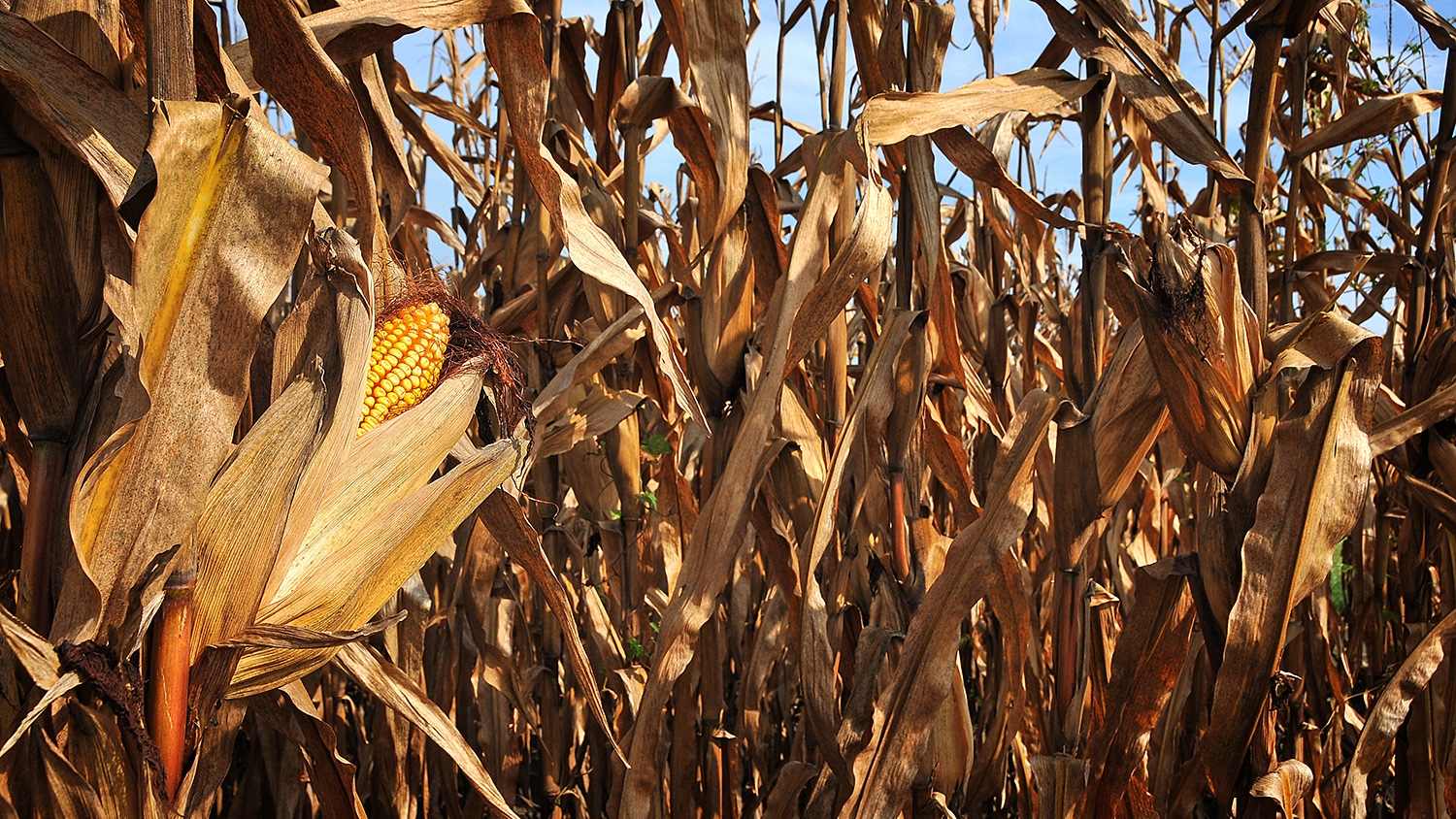Warmer Temperatures May Decrease Yields of Densely Planted Corn

Higher temperatures could have detrimental effects on yields when corn plants are planted more closely together, according to a study from North Carolina State University. Corn yields in densely planted areas drop by about 1.86 percent with every 1 degree Celsius rise in monthly minimum and maximum temperatures through the planting season, the study’s models show.
Interestingly, reduced yields may be higher in conventionally bred corn than in genetically modified corn, the study models predict, suggesting that GM plants may have less need to fight for nutrients and moisture when stressed by higher temperatures.
The study’s findings could help farmers make better decisions about crop density and variety – whether conventional hybrid or GM crops – before planting season, based on forecasted temperatures.
“We wanted to learn more about how crop yield response to planting density is influenced by higher temperatures,” said Rod M. Rejesus, professor of agricultural and resource economics at NC State and the corresponding author of the study, which appears in the journal Agricultural and Resource Economics Review. “The models show that the yield benefits of crop density begin to diminish for conventional hybrid corn when temperatures rise, but GM corn yields remain relatively stable.”
To understand the relationships between crop density, crop yields and higher temperatures, the researchers examined experimental corn field trial data from Wisconsin between 1990 and 2010; weather data that included minimum and maximum temperatures for the field-trial areas in Wisconsin; and county-level data that tracks drought severity in the studied areas.
The study showed that corn yield response to planting density varied with temperature; that variation is influenced by the type of corn planted.
“The study has a few limitations, including that the area studied was in the so-called ‘northern corn belt’ and that it relied on field-trial data rather than the actual fields that produced corn,” Rejesus said. “Performing a similar study in warmer areas and in production crop plots can be a further direction for this type of work.”
Former NC State Ph.D. student Ruixue Wang is the paper’s first author. NC State postdoctoral researcher Serkan Aglassan also co-authored the paper, as did Jesse B. Tack from Kansas State University. Support for the work was provided in part by the U.S. Department of Agriculture’s NIFA Hatch Project No. NC02696.


